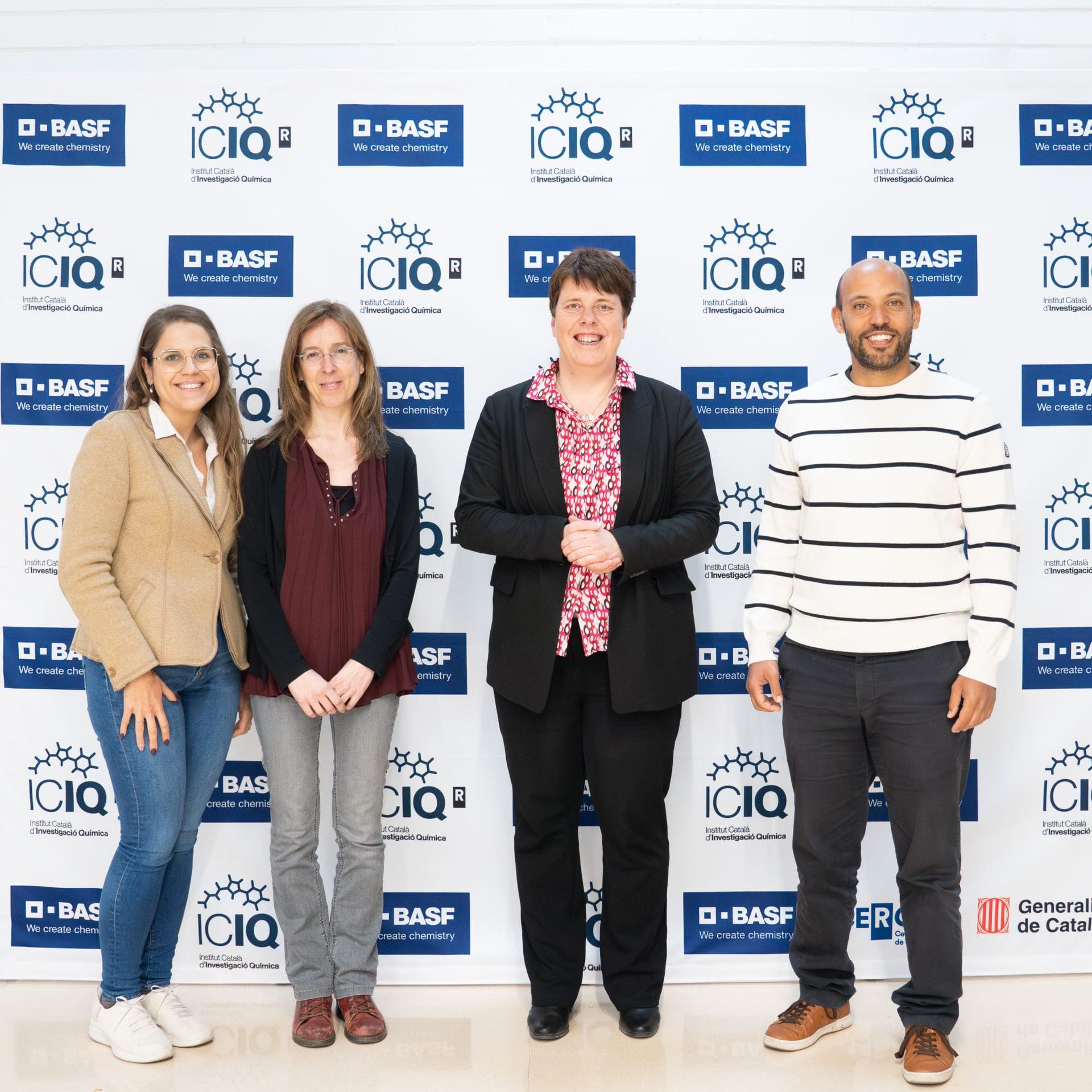
 04/04/2025
04/04/2025
 12:00 h
12:00 h
 ICIQ Auditorium Prof. Dr. Kilian Muñiz
ICIQ Auditorium Prof. Dr. Kilian Muñiz
- Profesor/a: Prof. Dr. Katharina Landfester
- Universidad: Max Planck Institute for Polymer Research, Germany
Nanocapsules as Nanocarriers for Targeted Drug Delivery and as Modules for Synthetic Cells
Abstract
Our mission is to develop nanocarriers that are loaded with a combination of drugs of defined composition, whose shell is biocompatible and degradable, which – injected into the bloodstream – are not recognized by the vast majority of cells and can thus circulate, and which can only reach their target cells due to their special surface functionalization, dock there, and be taken up and release their cargo. Furthermore, active nanocapsules are of major interest, which generate the drug molecules in situ due to enzymes or photocatalysts in the target cell. In the last few years we have taken progressive steps forward towards achieving in vivo application. In this area we have established decisive experiments in blood as intermediate steps between cell-only experiments and in vivo experiments. It is considered a breakthrough that we now are able to target the nanocapsules to cells in vivo for the first time.
Another mission is to use the nanocapsules as modules for the production of artificial cells. Our aim is to establish “bottom-up” strategies in synthetic biology, i.e. to adopt central motifs from nature into fundamental materials science and chemical synthesis. We are developing true bottom-up approaches towards understanding biology by rationally synthesizing functional biological systems from well-characterized modules/parts as basic principles. We decided to follow a modular bottom-up approach based on different hierarchical levels, namely molecular entities, modules, and systems. Functionalized cell-like containers equipped with energy supplies and metabolic modules were our highly successful steps to mimic essential life processes and use these for new pathways in chemical synthesis. We have succeeded in recent years in significantly increasing the complexity of the modules to build cascade reactions, in combining modules with each other and specifically modifying the function of the polymersome membrane. Our expertise in photocatalysis combined with nanocarrier synthesis allows us to uniquely create photoactive polymeric nanostructures of immense importance to both biomedical and artificial cell application
Otros eventos

Creemos un futuro más brillante
Únete a nuestro equipo para trabajar con investigadores de renombre, emprender proyectos innovadores y contribuir a avances científicos significativos.
Únete a nosotros!



















